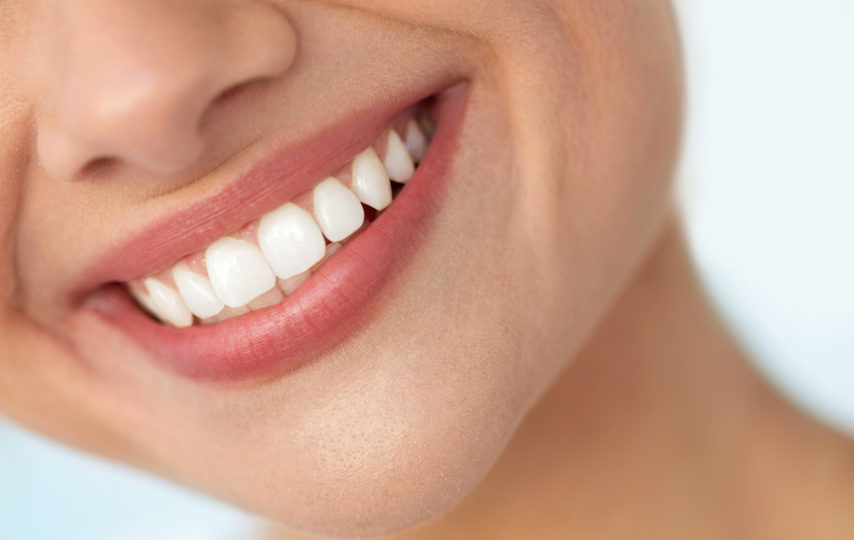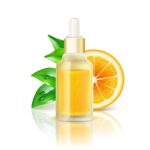Staining teeth can happen to anyone, but with the right habits, you can reduce your chances of developing unsightly stains on your teeth and affecting the quality of your smile. The following are some habits that you should consider eliminating from your daily routine if you want to keep those pearly whites white and bright.
(1) Smoking
Smoking has a few unique effects on teeth, most notably it can stain them yellow-brown. This effect is often more common in women than men because of hormonal factors, but anyone who smokes can be at risk for stained teeth. Even people who have quit smoking and had their teeth whitened can still notice a yellow tint to their smile. While quitting smoking has many health benefits, one thing it doesn’t do is rid your body of that yellow tint—it just fades over time.
The other way smoking affects your teeth is by weakening them and increasing your chances of developing gum disease. Smoking causes dry mouth which weakens tooth enamel, leaving you susceptible to bacteria growth and cavities caused by acids attacking your tooth structure from within your mouth. If you are worried about your current oral condition, it is recommended that you make an appointment with a dentist.
(2) Chewing tobacco
Chewing tobacco can stain your teeth if you don’t do anything to prevent it. Smokeless tobacco releases nicotine and other chemicals that discolor your teeth over time.
Moreover, chewing tobacco contains at least 29 cancer-causing chemicals. Like cigarettes, chewing tobacco can also cause gum disease, bad breath, cavities, and other harmful oral health side effects.
If you’re prone to staining, carry a sugar-free mint or chewing gum in your pocket at all times and make sure to brush your teeth as soon as possible after using smokeless tobacco.
(3) Not brushing or flossing
Most people think that brushing their teeth twice a day and flossing once a day are enough to keep their teeth clean. But regular brushing and flossing cannot only remove plaque calculus (which hardens into tartar) needs to be removed through professional cleaning. This is where the cosmetic dentist in cordova comes in.
In addition, not changing your toothbrush often enough can cause bacteria and calculus to spread from brush to brush. A good rule of thumb is to replace your toothbrush every three months, or after you’ve had a cold or flu. These illnesses can increase saliva flow, which spreads bacteria throughout your mouth; in addition, during illness, our immune systems are fighting off an attack and we tend not to take as good care of ourselves.
(4) Eating staining foods
Foods like carrots, some berries, and tomatoes can stain your teeth because they contain high levels of natural acids. This is especially true if you eat these foods on a regular basis and don’t brush after eating them or immediately following consumption.
Some cheeses also contain high levels of proteins that can break down over time to leave behind stains. These same proteins (casein and lactose) can also be found in certain dairy products like milk, yogurt, and cheese.
Acidic substances are everywhere, even in seemingly harmless items like orange juice – so it’s important to keep your teeth protected at all times by making sure you consistently brush after meals or snacks containing staining foods and always floss thoroughly.
(5) Drinking staining drinks
Drinking highly staining drinks can, of course, stain your teeth. The worst culprits are red wine and soda. Alcoholic beverages in general tend to be highly staining (obviously), but other drinks that contain high amounts of sugar are also likely to stain your teeth. These include soda such as cola, red wine, tea, coffee, and dark fruit juices.
If you’re trying to avoid stains on your teeth, it’s a good idea to drink liquids through a straw and maintain proper oral hygiene habits like brushing twice daily and flossing at least once a day.
(6) Drinking acidic beverages
If you drink carbonated beverages, wine or coffee on a regular basis, it’s likely that your teeth are at least slightly stained. In fact, according to one study, 50 percent of adults over age 35 have some form of tooth discoloration due to drinking acidic beverages.
Drinking acidic beverages can stain your teeth, no matter how diligent you are about brushing afterward. It can also wear down enamel and cause gum disease in some people.
(7) Savoring foods and drinks too long in your mouth
One of these habits is savoring foods and drinks too long in your mouth. If you enjoy that piece of cake or glass of wine, you may be tempted to linger while eating it. According to dentists, doing so increases teeth’s exposure to an acid called plaque, which contains naturally occurring bacteria that can cause tooth decay and discoloration over time. If you’re more careful about brushing afterwards, go ahead and enjoy!
Sugar-free candies can still stain teeth if chewed for too long in your mouth before being washed away by saliva (and even some brands contain coloring!). Chewing gum can also stain teeth if it has added sugar flavoring and food colouring agent.
(8) Not drinking enough water
It’s incredibly important to drink enough water throughout your day. Why? Because it helps protect against tooth decay, it improves digestion, boosts energy levels and enhances your mood and focus.
Drinking enough water also keeps your urine at a healthy level of acidity, which is an important part of overall health and even proper kidney function. But drinking too much water can actually erode enamel in your teeth!
So how do you make sure you are drinking enough but not too much? According to dental experts, adults should be drinking eight 8-ounce glasses of water per day to achieve maximum health benefits without staining teeth.
(9) Not visiting the dentist
People with good dental hygiene will notice staining on their teeth if they go months without visiting the dentist. It’s best to make appointments on a regular basis and keep up the good work.
If you’re trying to figure out whether your habits are staining your teeth, consider these nine common bad habits and whether they could be the culprit behind any discoloration of your smile, seeking help from a professional dentist is your ideal solution.













